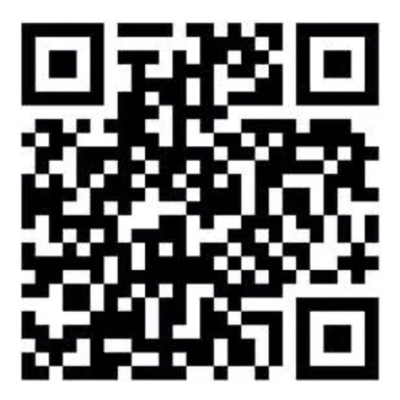Twisted Pair Cable, Co-axial Cable or Optical Fibre Cable?
What is a Twisted Pair Cable?
A twisted pair cable comprises two insulated wires that have been twisted together. They are in use in the field of communications for a long time. You might have seen this type of cable in day-to-day life like telephone communication, DSL lines, etc. One cable consists of the data line in a twisted pair and the other consists of ground reference.
As the name suggests, the wires are twisted inside. Such cables help to decrease noise from outside sources and crosstalk on multi-pair cables. It is because the noise from outside will be in the direction of data flow sometimes and opposite to the data flow sometimes. So as a result, the noises cancel each other, which provides more immunity towards interference.
There are two types of twisted pair cables: unshielded twisted pair (UTP) and shielded twisted pair (STP). In unshielded twisted pair, the cable consists of wires and insulators. On the other hand, shielded twisted pair cables have a foil jacket that aids in reducing crosstalk and noise from outside sources. It's typically used to remove inductive and capacitive coupling between equipment, racks, and structures. These types of cables can carry the data at a maximum rate of 10 Mbps.
Characteristics of a Twisted Pair Cable
Here are some of the characteristic features of a twisted pair cable −
-
Two conductors are twisted together in a single circuit.
-
Unshielded Twisted Pair (UTP) or Shielded Twisted Pair (STP) are the two types of Ethernet cables used today (STP).
-
The twisted-pair wire can be affected by an external magnetic field.
-
Insulated copper wire is used in the pair.
-
The lines come at a reasonable price.
-
Designed to decrease outside noise
-
Signals are transmitted in an electrical format.
-
It has high attenuation.
-
Installation and implementation are both straightforward.
-
Twisted pair cables have limited bandwidth.
What is a Coaxial Cable?
A single solid-copper core works as a high-frequency transmission cable in coaxial cable. The transmission capacity of a coaxial cable is more than 80 times that of a twisted pair. People may become more familiar with this type of network cable because it is often used to transport television signals and connect computers.
A solid conductor, three coatings of insulation, and a grounding conductor make up a coaxial cable. The inner solid conductor in coaxial cables aids in transmitting signals in the form of electrical impulses.
Coaxial cables have also been a pillar of high-speed communication. It has been used in data centers with 10 Gigabit links since it has proven cost-effective for short links of less than 10 meters and residential networks.
Characteristics of a Coaxial Cable
Some of the characteristic features of a coaxial cable are as follows −
-
High-frequency signals are sent using this design.
-
Coax cables are divided into two types: RG59 and RG6.
-
The signal is transmitted by the inner conductor in electrical form.
-
Magnetic fields do not affect coax cable.
-
It consists of a solid conductor wire, a grounding conductor, an insulation layer, and an outer insulation layer.
-
The cost of the cable is relatively higher.
What is an Optical Fiber Cable?
Optical fiber cables are used to transfer data using light. Dr. Narinder Singh Kapani showed that images could be transmitted through optical fiber and laid the foundation for high-speed data transfer. The transfer speed is approximately 69 percent of the speed of light, which is 2 × 38 m/s.
-
The main parts of a fiber optic cable consist of core and cladding, where the refractive index of the core is greater than that of the cladding. It is because Fiber optic cable uses the principle of total internal reflection to transfer the data.
-
The overall cost of laying the fiber optic cable and maintenance is high compared to Copper wire.
-
There are two types of fiber optic cables: Step Index Fiber and Graded Index Fiber. In Step Index Fiber, the refractive index of the core is uniform throughout. In the graded index, the refractive index of the core is maximum at the center, and it decreases when moving to the boundary.

